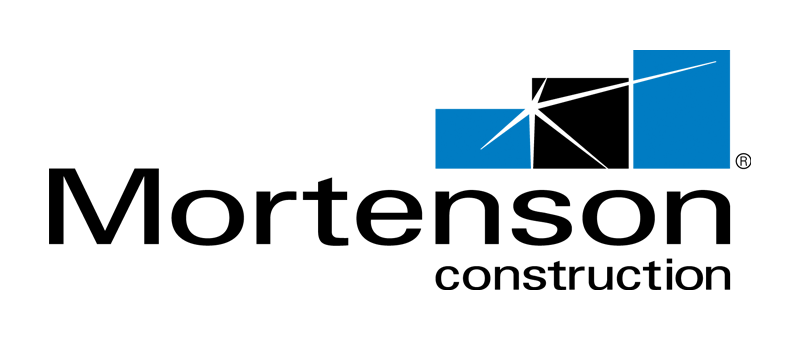M.A. Mortenson is probably best known as a national general contractor/construction company, but their business includes so much more. They are incredibly diversified, doing everything from engineering and light manufacturing to fulfillment and preventive maintenance on renewable energy systems. In addition to all of that, they also run a construction equipment rental business. Mortenson procures, manages, and maintains capital equipment (like cranes) and related construction equipment for the projects they work on. Sometimes they rent the equipment to their clients, as part of a project’s billable expenses. Other times, they rent it to their subcontractor partners, such as electricians and landscapers. It’s all part of the full-service experience they provide for clients — and their commitment to the success of their projects.
Not Enough Bang for Their Buck
Managing a nationwide rental equipment operation is no mean feat. Over the years, Mortenson has implemented several different software packages for running this part of their business. The challenge with software that’s designed specifically for an equipment rental business is that it’s disconnected from their ERP system. Some of their information exists in one system, while some exists in another. Their fixed assets (i.e., the equipment) and depreciation information was always kept in the backend financial system. The rental contracts and inventory activity, as well as vendor/subcontractor lists, was managed in the rental-specific front-end system. Managing and maintaining interfaces between these two systems was always an expensive and difficult proposition. As a result, Mortenson often couldn’t get the level of reporting they really wanted.
Making matters worse, the most recent system they were using is a full ERP designed specifically for rental businesses. Mortenson, however, was only using a fraction of its capabilities, because they use Oracle EBS as their ERP. This also made it an expensive solution with much more functionality than was needed.
“It’s a system that’s really intended to probably be a rental business’s ERP. The way we do rental at Mortenson — where we are renting to our own projects — there are some nuances that really didn’t lend itself well to [that system],” says Todd Groskreutz, Mortenson’s Finance and Supply Chain Solutions Manager.
Knowing the power of Oracle EBS, Mortenson turned to Traust to help develop an in-house solution for their rental operations. The goal was to reduce overhead by creating a system that would better leverage their existing investment in Oracle EBS.


